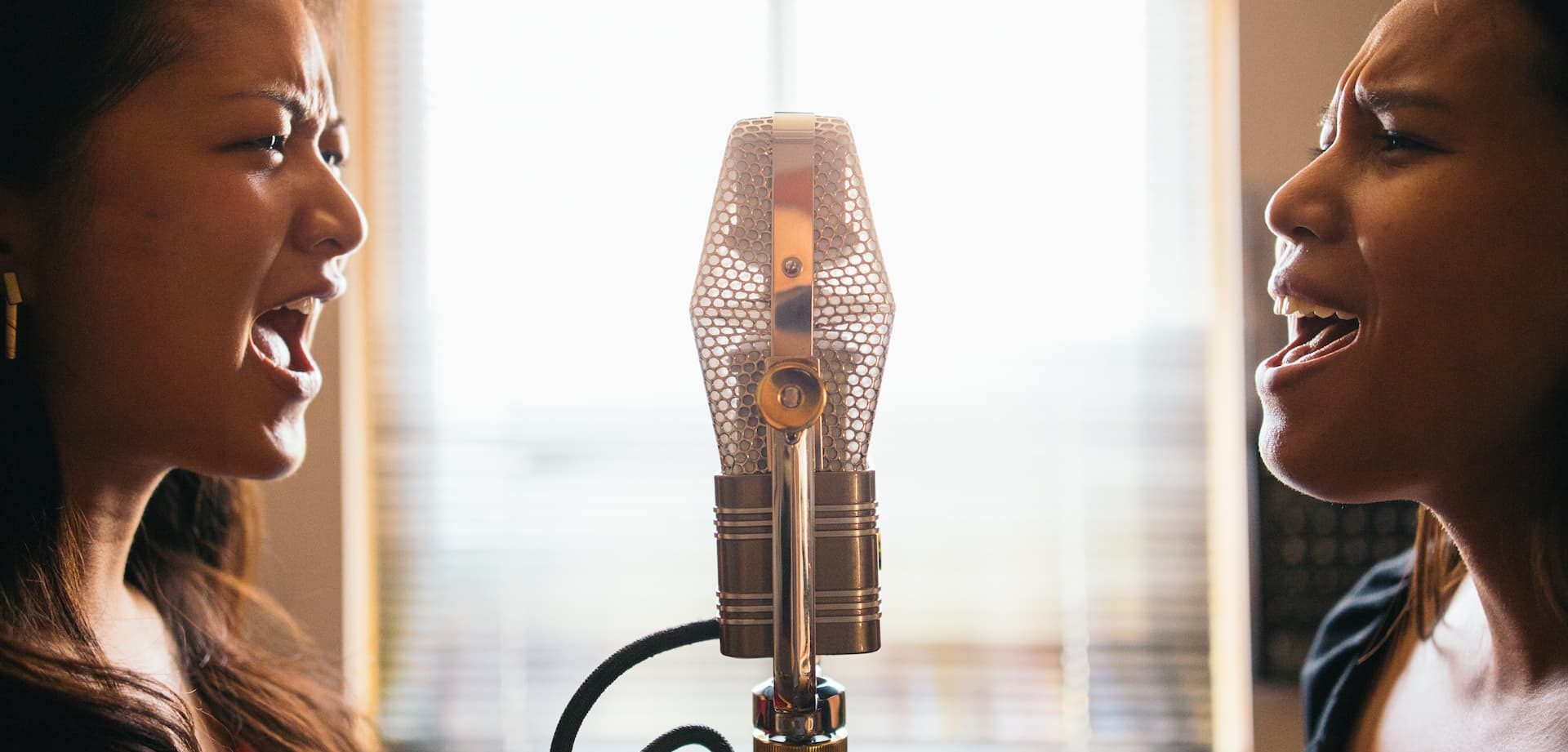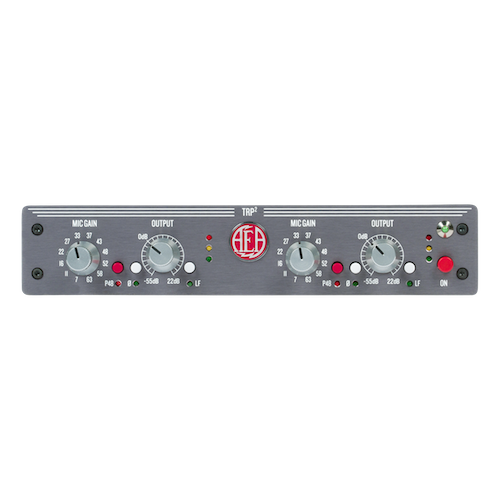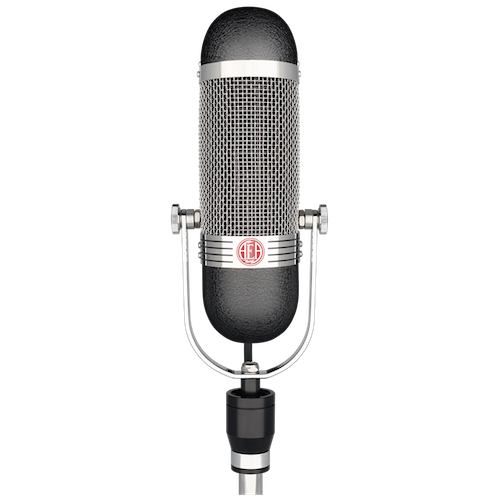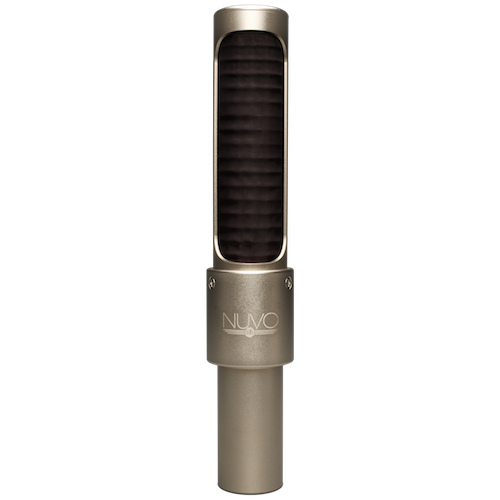The R44 has a long history as an industry standard in vocal recording, largely due to the rich low-end proximity effect that supplements vocals of any range with unparalleled warmth and presence.

Solo Vocalist
Vocals or instruments within 6 feet of the R44’s reach will benefit from its pronounced proximity effect. This accentuated low-end adds warmth and depth to the tonality already present in a vocal. The vocalist can step closer to the R44 for greater accentuation of bass, or farther back if the effect is overwhelming.
At this distance, you may be concerned about capturing too much room tone. Try it and see what you find. Aspects like the sound of your room (whether it has a dead or live sound), the loudness of your vocals, and the position of the mic in the room will all have an effect on this. Sometimes that space between the vocalist and the mic can make all the difference in the sound of your track fitting into a mix.
Listen to the R44 on female vocals
Listen to the R44 on male vocals
Two Singers
The figure-of-8 polar pattern of the R44 allows it to capture quality sound from both sides, so capturing the live harmony of two vocalists on opposing sides of the mic is a simple solution for producing organic performances. In fact, the R44’s axis is so wide that it can accommodate multiple vocalists surrounding the mic for great multi-part harmonies.










